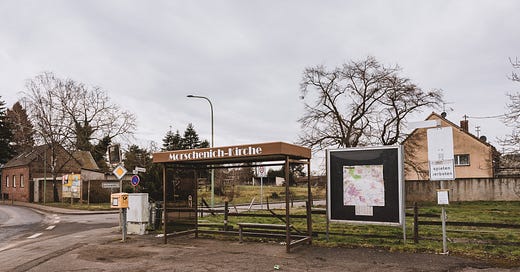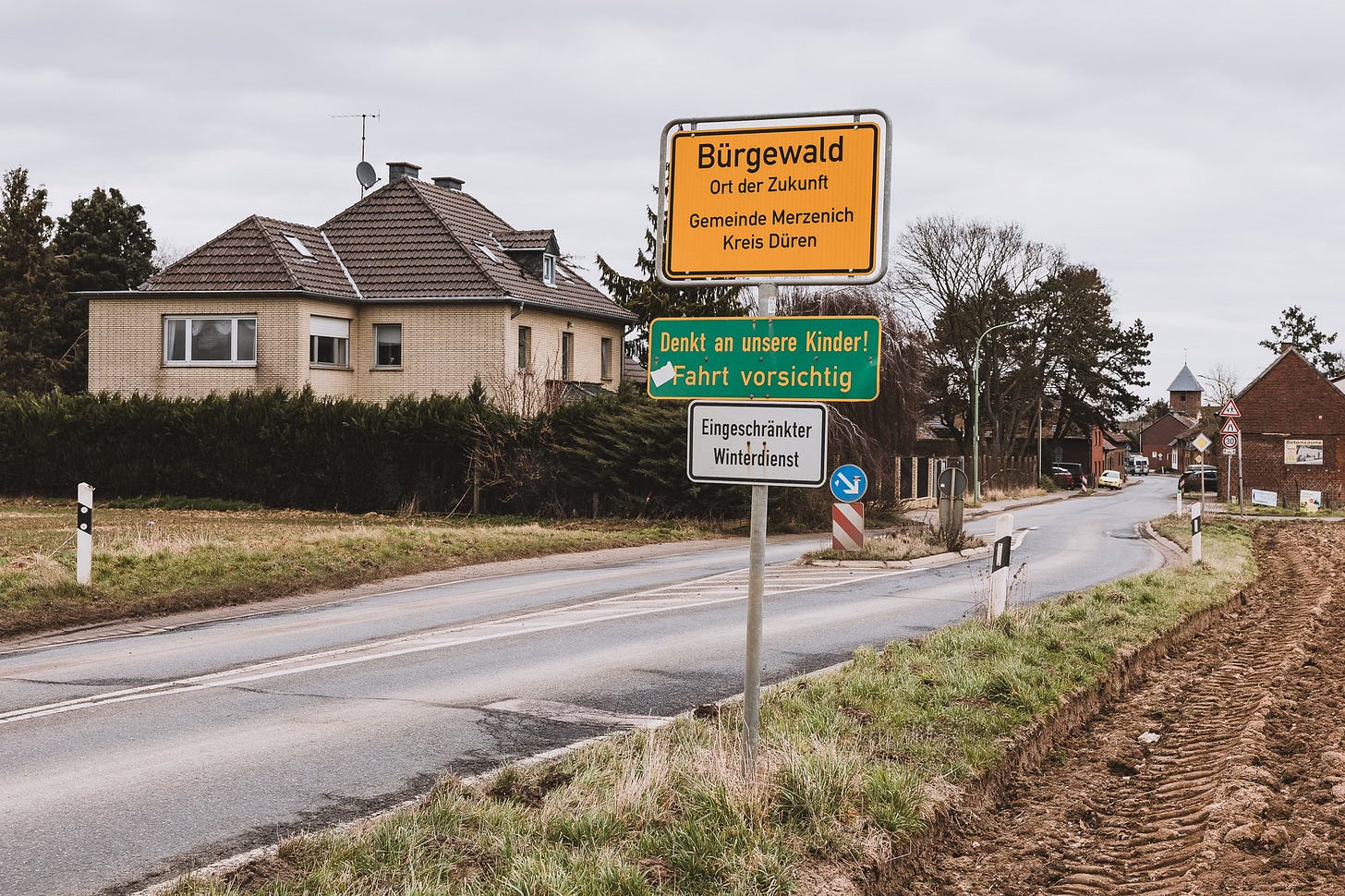Bürgewald: From Coal Mining Ghost Town to "Place of the Future"
A village once thought lost to lignite mining is set to become a model for sustainable transformation.
International version of the German original post.
The fate of Morschenich had long been sealed. Like so many villages in Germany's Rhineland lignite mining region – where brown coal has been extracted for decades – it was destined to disappear, swallowed by the massive Hambach open-pit mine, one of Europe's largest. A giant hole instead of houses, gardens, and memories. In 2015, the resettlement of residents began to a new Morschenich, located a few kilometers to the south. Left behind were empty buildings, abandoned streets, a dying village.
Then came Germany's accelerated coal phase-out in 2021 – moving the end date from 2038 to 2030 – and the news from RWE, the country's largest energy company and operator of the Hambach mine, that the village would not be excavated after all. Old Morschenich could stay – but what remains of a village without people?
When the municipality of Merzenich bought back its nearly lost settlement in September 2024, most of the once roughly 500 inhabitants were long gone. The 37 million euro purchase price was financed mainly by state and federal funds, an investment for new opportunities in the old coal region. The hope associated with this unprecedented action is also reflected in the new name of the place: "Bürgewald" – the historical designation of the nearby Hambach Forest. This ancient woodland became the symbol of Germany's climate movement, where environmental activists occupied trees for years to prevent the forest's destruction for coal mining. The name serves as a reminder that the village owes its survival to both policy changes and grassroots environmental activism.
Since then, the search for a new purpose for this place has begun. How can a nearly extinguished village become a "place of the future"? The plan for this is to be developed in the coming months. Today, the images of this journey document a place on the threshold between progressive decay and the promise of a new beginning.

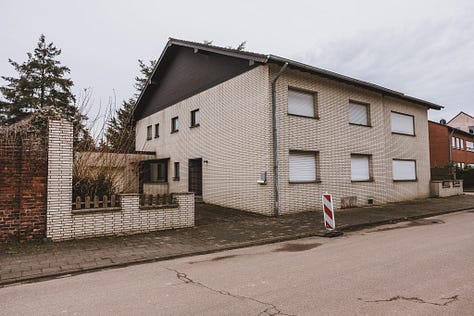
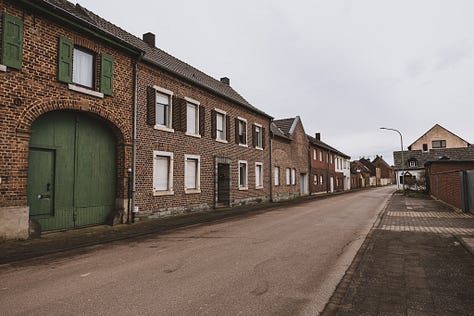
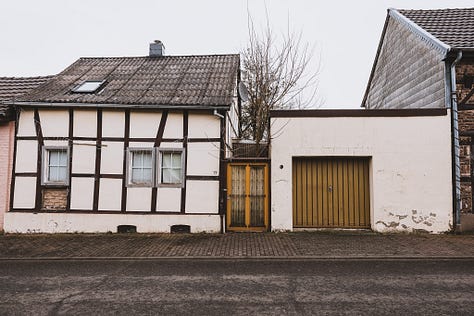


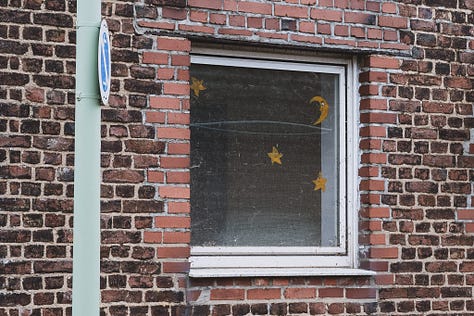
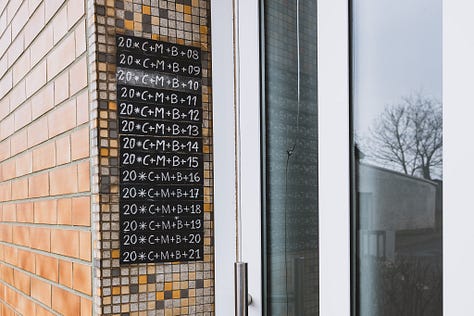

A Village at the Crossroads
Bürgewald stands between decay and renewal – but what future is possible? Can a nearly lost village really be revived? What ideas would you suggest for its path forward?

